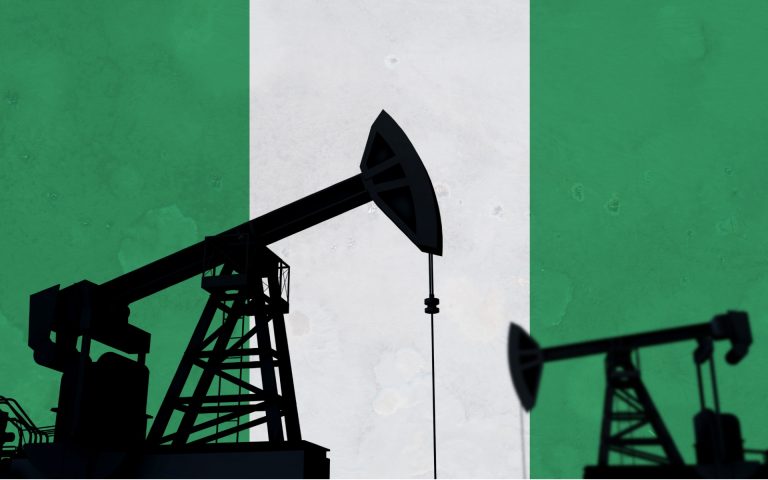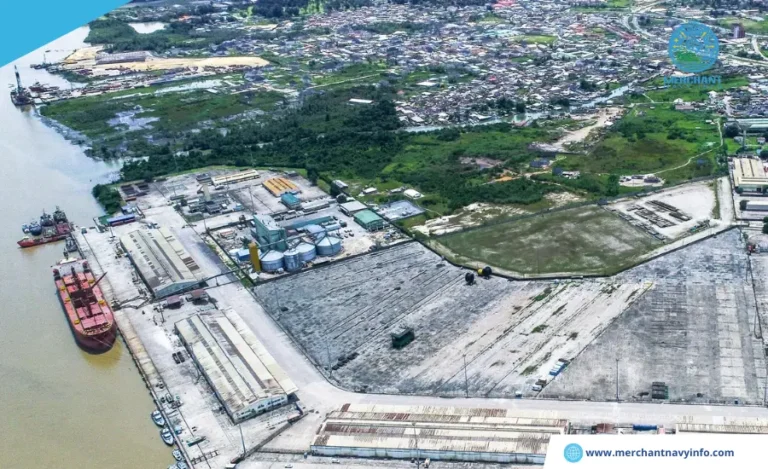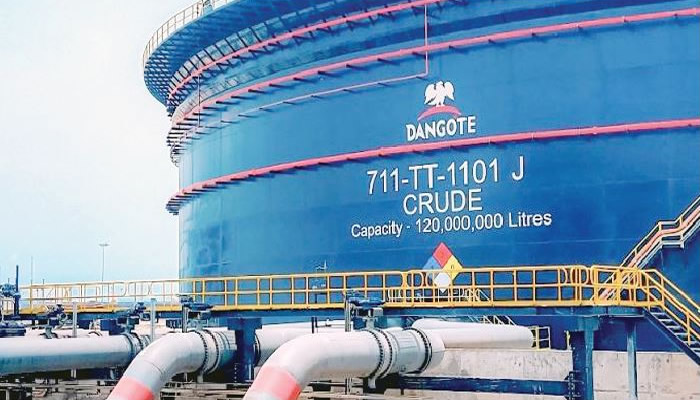PRODUCTION: Delta emerges top producer as Niger Delta reaffirms strategic role in Nigeria’s oil industry

Delta State, home to major assets operated by multinational and indigenous oil companies, including Shell, Chevron, and the Nigeria National Petroleum Company E&P Limited (NEPL), among others, has emerged the top producer of crude oil in the Niger Delta region with production of 99.9 million barrels of oil and condensate from November 2023 to September 2024, according to the latest data released by the Nigerian Upstream Petroleum Regulatory Commission (NUPRC).
According to the NUPRC, Delta State's production of nearly 100 million barrels of oil and condensate within the 11-month period is by far the largest contribution by any state during the review window, representing over a third of Nigeria’s total attributed crude and condensate production of 295.34 million barrels during the same period.
The states of Akwa Ibom, Bayelsa, and Rivers, which have traditionally formed the backbone of Nigeria’s petroleum output, followed Delta with about 60.32 million barrels, 53.2 million barrels, and 50.83 million barrels, respectively, during the period under consideration, all four states accounting for nearly 264.25 million barrels, which is 90 per cent of the country’s oil output.
Production reports from other oil producing states outside the Niger Delta powerhouses show that Ondo produced 8.71 million barrels of crude oil, Edo contributed 7.76 million barrels, Imo followed with 6.32 million barrels, while Anambra and Abia states produced 4.77 million barrels and 3.41 million barrels, respectively.
However, Lagos State, due to challenges faced by the company managing its exploration, recorded zero production of crude oil and gas within the period under review, despite having been listed among Nigeria’s oil-producing states following marginal production from the Aje Field in the Dahomey Basin since 2016.
On gas production, the NUPRC data presented a slightly different picture as Rivers State topped the chart with a massive 391.3 billion standard cubic feet (scf) of gas produced, Bayelsa followed with 341.2 billion scf, Delta came third with 318.2 billion scf of gas, and Akwa Ibom accounted for 211.9 billion scf.
States with significant lower output within the same 11-month period are: Edo 95.4 billion scf, Ondo 27.1 billion scf, Anambra 7.4 billion scf, Imo 6.4 billion scf, Abia 4.46 billion scf of gas and Lagos recorded zero output.
In total, Nigeria produced 1.4 trillion standard cubic feet of gas during the review period, reinforcing the country’s considerable gas reserves and production capacity. Again, the combined gas output from Rivers, Bayelsa, Delta, and Akwa Ibom accounted for over 85 per cent of the national total.
The NUPRC figures re-affirmed the strategic role of the Niger Delta in Nigeria’s oil and gas industry, even as production challenges persist across many fields. Also, the state-by-state attribution system of the NUPRC is designed to ensure transparency and equity in the distribution of revenue from hydrocarbon resources as the Revenue Mobilisation And Fiscal Allocation (RMAFC) uses the figures to calculate the derivation entitlements and allocations to oil-producing states under Nigeria’s revenue sharing formula.
#penglobalbusiness #oilandgas #NigerDelta #NUPRC



